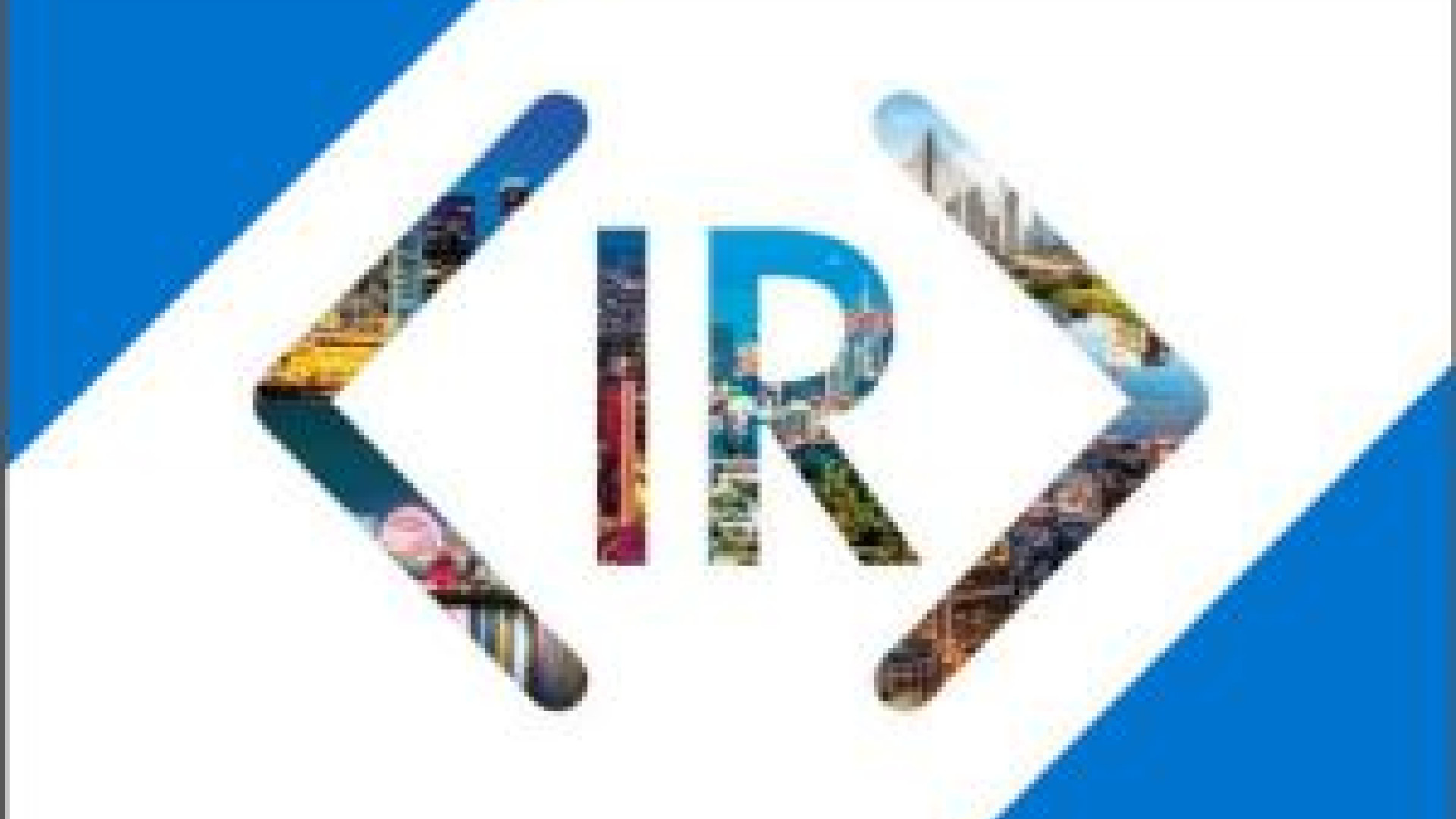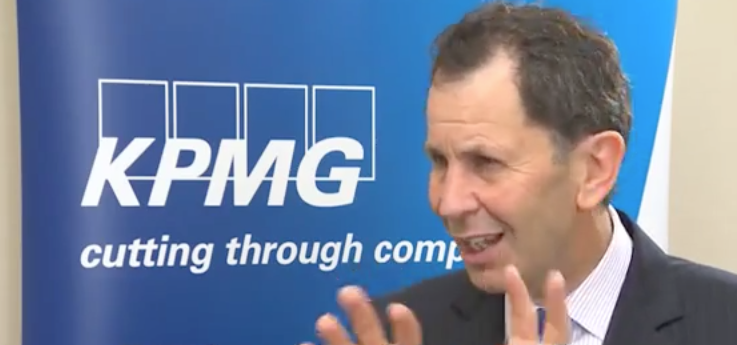If you’re in the field of investor relations, the jungle drums have probably already informed you of the impending avalanche of ‘Integrated Reporting’ (referred to internationally as <IR>).
It’s early days, but because of the many listed clients we work with, we’re in a pretty good position to watch the trends play out and see where the patterns lie. In fact, we’ve now produced two Integrated Reports, for Sanford.
Because the subject is gaining some buzz, there’s every chance that if your CEO doesn’t raise the question, someone on your board will. The temperature was raised in the last couple of weeks by the visit and speaking rounds of Paul Druckman, the London-based CEO of IIRC (the International Integrated Reporting Council). Paul spoke publicly at The University of Auckland, a Sustainable Business Council breakfast and met with influential government ministries. I also had the privilege of spending a couple of hours with Peter privately.
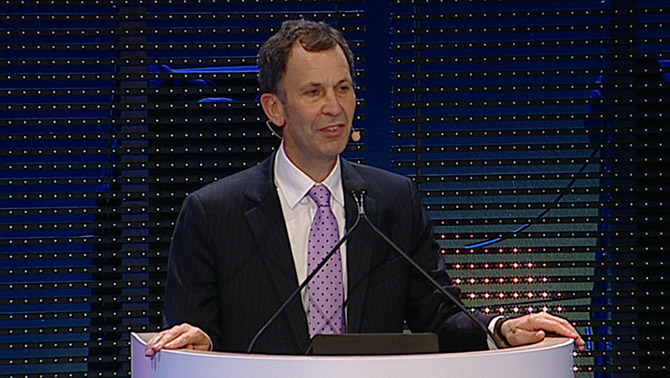
Paul Druckman, CEO, International Integrated Reporting Council
How quickly will we see local listed companies diving into producing fully-fledged integrated reports like Sanford? It’s hard to tell, because of the mindset shift required, the amount of work to measure what the framework requires you to measure, and boards’ perceived liability over future-focused utterances on value creation.
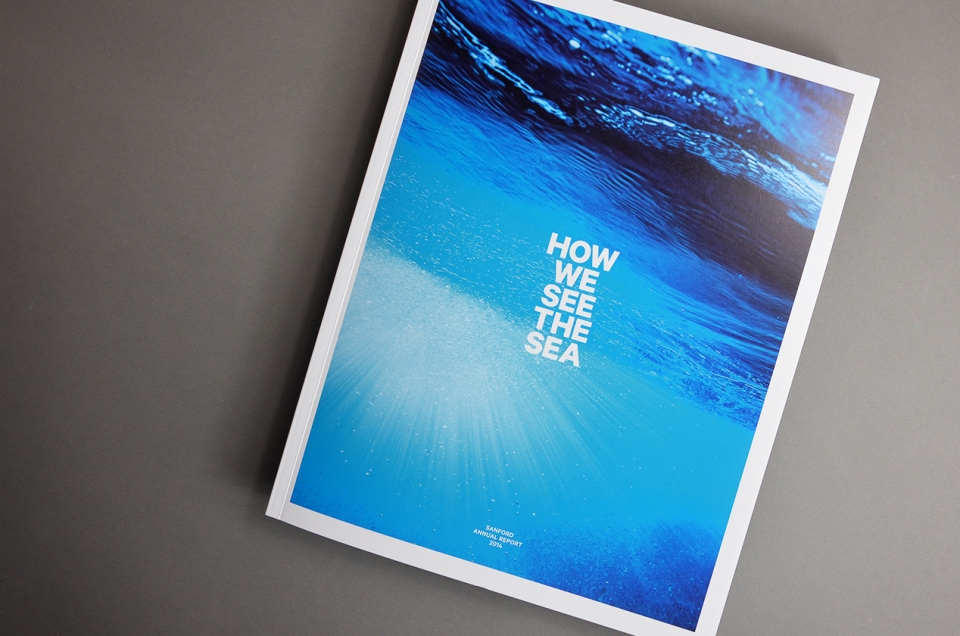
Just what is an Integrated Report?
The new <IR> framework urges companies to turn a spotlight on how their strategy and business model creates value over time.
Companies are encouraged to tell a clear, concise story to investors about future prospects, taking into account all the resources and relationships used by the business, not just the financials. This way, investors and other stakeholders will be able to determine if the business model is resilient over the medium and long terms.
Adopting a holistic approach to reporting expects you to report on the connectivity of all these resources, relationships and financials; for example, divining the non-financial impacts in $ terms in the medium and long term - a big challenge for most companies. In this regard, an integrated report differs materially from a siloed triple bottom line report. The <IR> evolution breakthrough comes when you can report on the interdependencies between them and the future likely affect on value.
Fundamentally, it flips the question ‘what impacts does your business model make on such things as your people, your community and the environment?’ on its head: to answer the direct opposite question: ‘what impact will those factors have on your business in the short, medium and long term - and therefore, what are you doing now to mitigate or leverage them?’
Is it good for business?
There is much to commend the <IR> framework.
The shift in thinking applied to how you communicate to your stakeholders will improve what you report, making it more meaningful, believable and future focused because it prompts companies to think about their reporting in a ‘joined up’ manner.
But perhaps the greatest benefit is that it drives board and management to look at their whole business through this much more integrated and holistic lens. They’re finding that this can lead to stronger cross-functional communications, more productive dialogue among employees at all levels across business activities, and more meaningful dialogue with external stakeholders.
Those who think deeply about such things expect that the payoff for companies that do this right will be lower cost of capital.
How does it relate to sustainability reports?
While <IR> is principles-based and provides a good practice framework, sustainability reporting generally abides to the more rules-based and usually audited GRI process.
Elements of both financial reporting and sustainability reporting would be included in an integrated report if the information is relevant to how your organisation creates and sustains value. This would require assessing the connectivity and interdependencies between your business model, the context in which you operate, and the resources and relationships on which you rely and that you affect.
Companies that are already collecting quality metrics on their environmental and people impacts for CSR reports will find it easier to make the step up to integrated reporting because much of the data will be at hand to tell a connected story.
But a separate detailed sustainability report may still be required, depending on the degree of complexity involved in what you report on.
Some companies, such as Sanford, have decided that their integrated report should combine all factors and be a single source of transparent information.
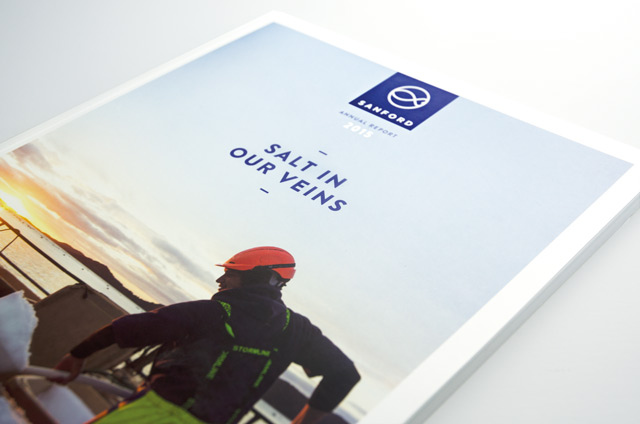
What does it all mean for you?
The decision to pursue an integrated report is not for the faint hearted. It requires a major commitment for a total change in internal processes and business view to be meaningful.
It requires you to really work to identify what’s material to your business in terms of value creation over time. That means consulting stakeholders broadly to ascertain material issues, and having enough information and data to be able to talk clearly about the impacts that your operations have on all your inputs (financial, manufactured, intellectual, human, social, relationship, and natural).
It requires an 'integrated thinking' approach to your business before you can realistically report in an integrated way.
It requires a clear explanation of your business model, and how it adds to or subtracts from your various inputs to result in your various outputs.
It requires you to expose your strategies and the expected impacts that these will have on your future value creation. Many boards find this challenging.
And it expects you to report on the interdependencies of all your activities, how they interact and how that interaction will affect your performance over time.
Our sense is that certain types of companies/sectors will feel more need or pressure than others to move in this direction. Companies with the highest sense of responsibility to think about their business in this way tend to come from those industry sectors that rely on or affect natural resources, such as energy companies, mining and resource companies, and food harvestors. However, the degree of difficulty in measuring, reporting and mitigating their impacts also means that the journey takes more time. In reality, we are seeing more integrated reporting activity coming from from entities with less environmental impact, and arguably more people/society impact, such as banks and property companies, probably because the material impacts are easier to identify and measure – or, more cynically perhaps, aren’t as sensitive to negative publicity from their disclosures.
Many companies will simply find the process too challenging or will find it hard to find the ROI given the lower material impact of their business activities.
But while the hurdles may constrain your ability to produce a bona fide Integrated Report, that’s not to say that you shouldn’t be reporting to your stakeholders about your responsible citizenship and how those initiatives are likely to affect your business in the future. And if you can demonstrate that the initiatives are good business practice that also increase revenue or save cost – or sustain your social licence to operate - then ‘win-win’ is a winning message anyway.
Our sense of the immediate future
We’re not convinced that the current ‘hot topic’ buzz will turn into a wholesale shift to integrated reports in the short term. We believe that many will feel the pressure, explore the topic, discuss with their boards, and delay until it makes more sense for the organisation.
However, where there’s smoke there’s fire, and we believe that the thinking processes inherent in the <IR> framework will influence and infiltrate what you report – and over time, more components of the framework will be fulfilled.
Want to know more?
We are always available to help and advise on your stakeholder communication needs. Speak to your Account Director or call me direct on 09 919 6002.
The Sanford case studies on our website provide an insight into what these projects entailed. You can also view their 2014 and 2015 reports here and here.
This video inteview with Paul Druckman does a great job of outlining the principles and purpose of the movement towards Integrated Reporting.
The <IR> framework guidlines can be downloaded here.

